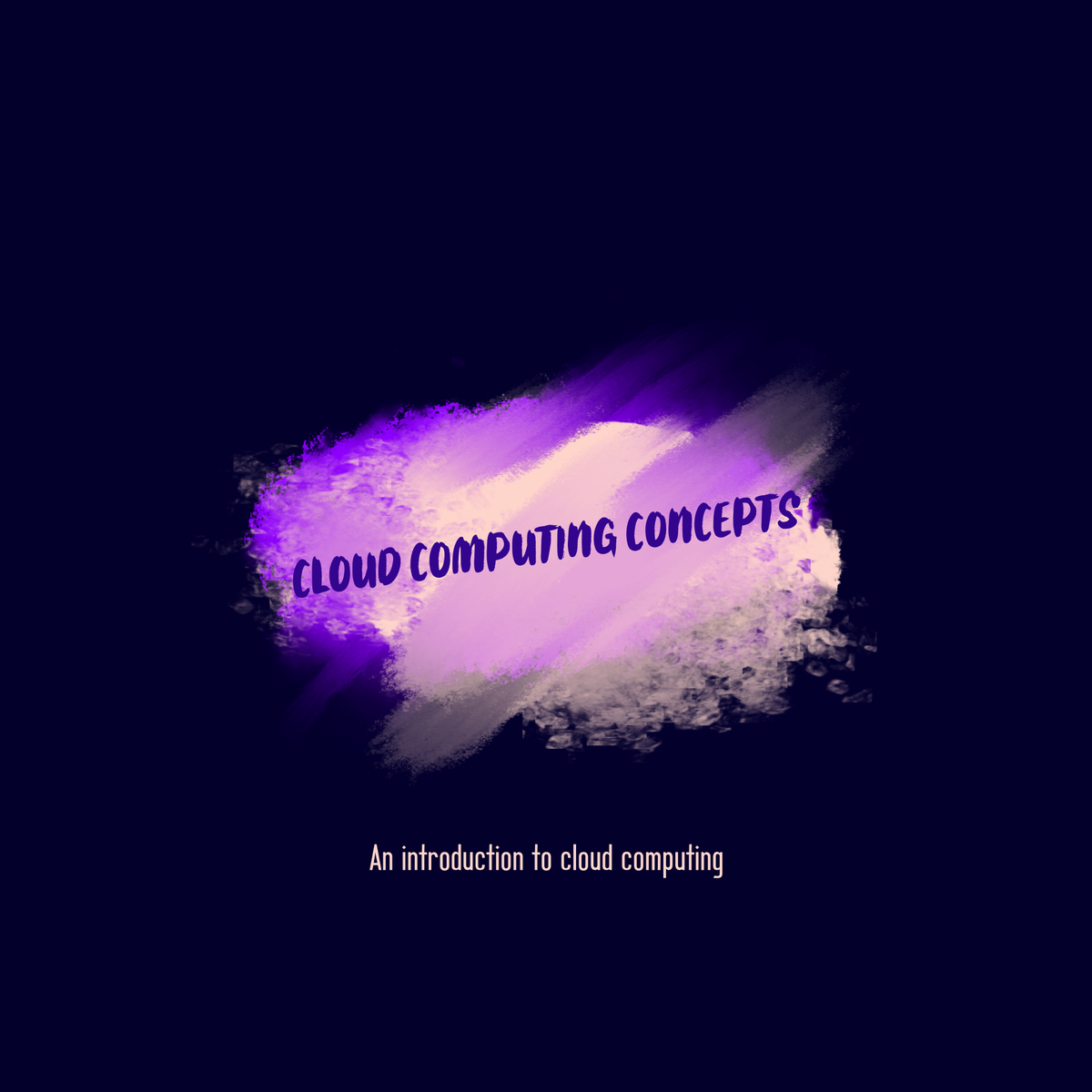Some basic information on cloud concepts
The first question you might ask yourself is “what is cloud computing?”. In layman’s terms, cloud computing is simply like using someone else’s computer.
Instead of having your server, you rent the server from somebody else like AWS.
The first question you might ask yourself is “what is cloud computing?”. In layman’s terms, cloud computing is simply like using someone else’s computer.
Instead of having your server, you rent the server from somebody else like AWS.
The different types of cloud computing:
1. IaaS (Infrastructure as a Service) (For admins) – You are responsible for managing your servers (either physical or virtual).
An example is AWS.
1. IaaS (Infrastructure as a Service) (For admins) – You are responsible for managing your servers (either physical or virtual).
An example is AWS.
2. PaaS (Platform as a Service) (For developers) – There is no need for you to manage the underlying architecture. You are only concerned with deploying and running your applications.
An example would be Heroku (where you deploy and run web applications).
An example would be Heroku (where you deploy and run web applications).
3. SaaS (Software as a Service) (For customers) – Here we are talking about a finished product that is run and managed by the service provider.
An example would be Google’s Gmail. You do not have to worry about anything, other than using the service.
An example would be Google’s Gmail. You do not have to worry about anything, other than using the service.
There& #39;re three types of cloud computing deployments:
1. Public => Fully utilising cloud computing. Examples are AWS and Azure.
2. Private => Deploying resources on-premise, and using virtualization and resource management tools.
1. Public => Fully utilising cloud computing. Examples are AWS and Azure.
2. Private => Deploying resources on-premise, and using virtualization and resource management tools.
3. Hybrid => Using a mix of public and private deployments. Sensitive and critical information might be stored in a “private” cloud, whereas other information is stored on the “public” cloud.
Some of the benefits of cloud computing
1. Stop spending money on running and maintaining data centres => Avoid the headache, money, time and other resources needed to build your infrastructure.
Let someone else do it, and focus on your applications.
1. Stop spending money on running and maintaining data centres => Avoid the headache, money, time and other resources needed to build your infrastructure.
Let someone else do it, and focus on your applications.
2. No capacity guessing => You avoid having underutilized or over-utilized resources. That means you either pay for underutilized resources, or your applications are down from over-utilized resources. With cloud computing, you can quickly scale up or down as business needs change
3. Variable expense versus capital expense => This means that you pay only when you consume resources, and only for the resources you consume.
4. Benefit from massive economies of scale => You are sharing the cost with other customers to get significant discounts.
4. Benefit from massive economies of scale => You are sharing the cost with other customers to get significant discounts.
5. Increased speed and agility => Resources can be created or stopped within minutes with cloud computing. You do not have to wait for your IT team for weeks to implement on-premise solutions.
6. Go global => With minimal effort and within a few clicks, you can deploy your application in multiple locations around the world. That means lower latency and better user experience.

 Read on Twitter
Read on Twitter


